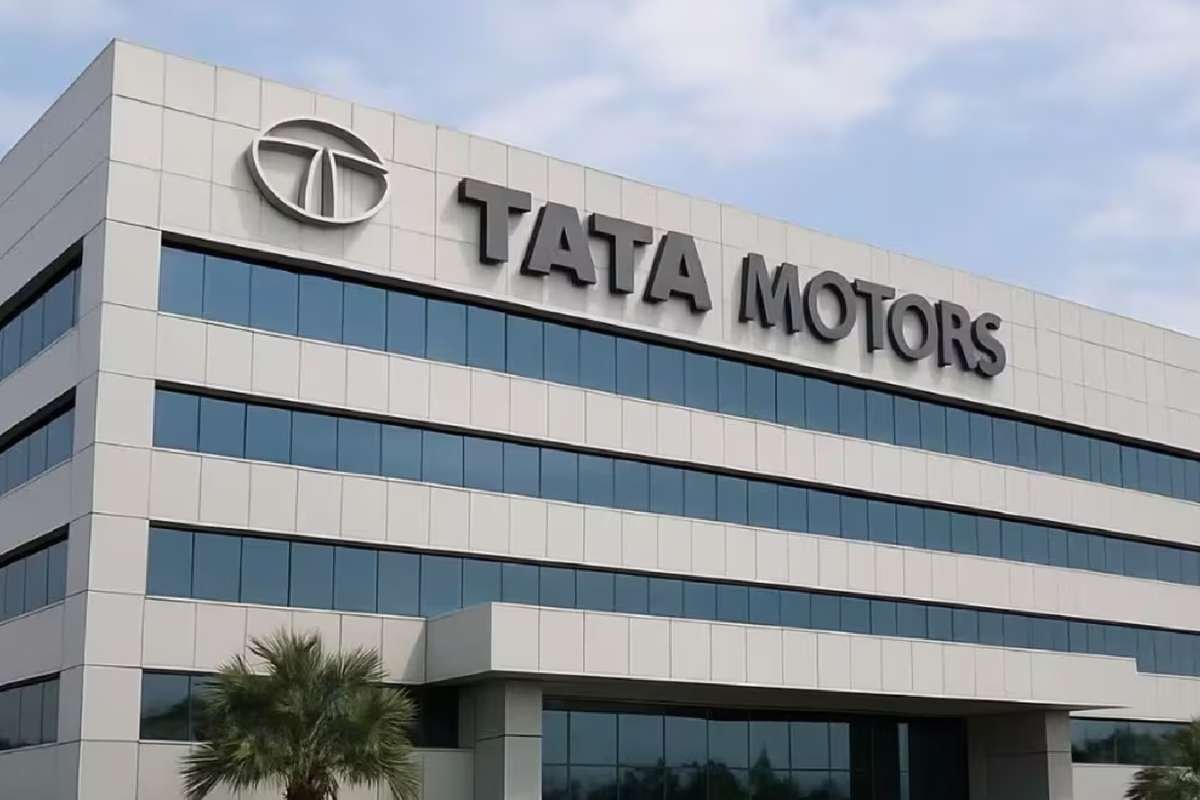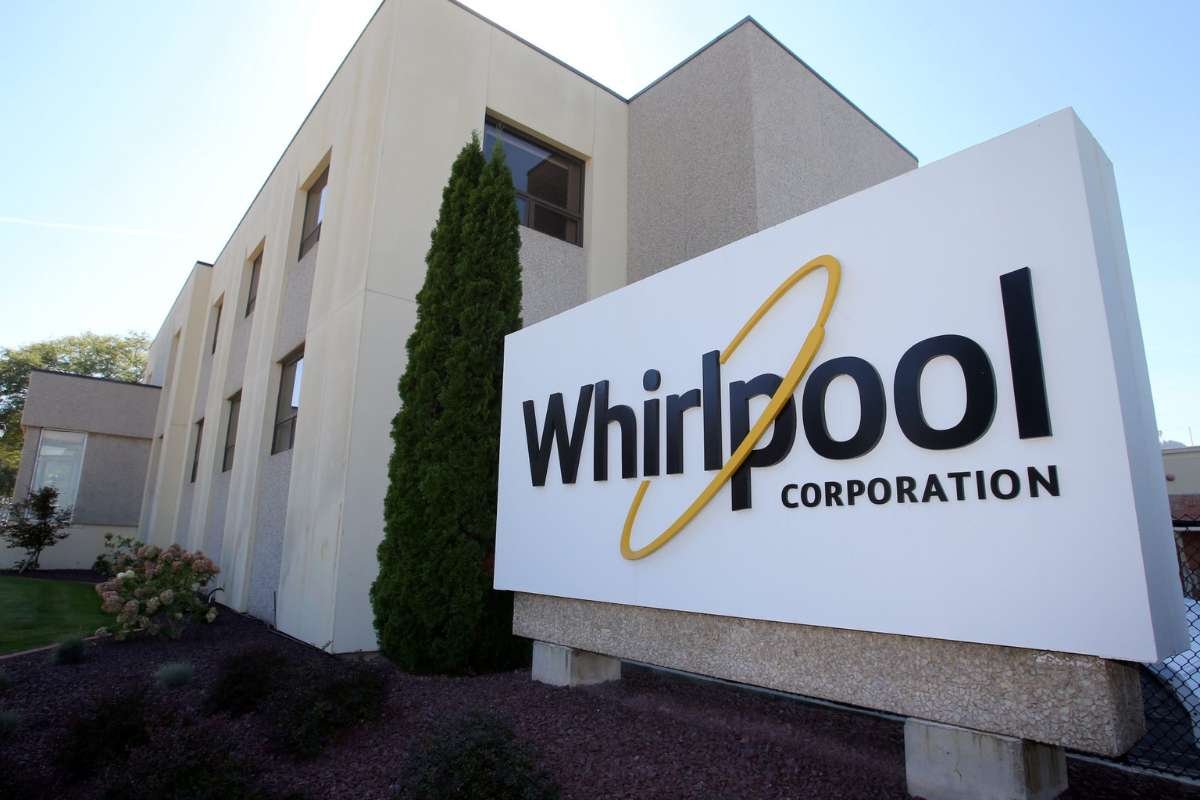Key Points:
- Tata Motors’ demerger takes effect Oct 1, creating TMLCV and Tata Motors Passenger Vehicles.
- Shareholders get 1:1 shares; record date to be announced.
- Demerger enables independent valuation, focus, and may cause short-term volatility.
The long-awaited Tata Motors demerger will take effect Oct. 1, splitting the company into two independently listed entities—TML Commercial Vehicles Ltd. (TMLCV) and Tata Motors Passenger Vehicles Ltd. The move follows approval from the National Company Law Tribunal (NCLT) and final board resolutions confirming the effective date.
Two new listed entities
The restructuring will separate Tata Motors’ passenger vehicle (PV) and commercial vehicle (CV) operations into distinct companies. TMLCV will house the commercial vehicle business, while Tata Motors Passenger Vehicles will handle passenger cars, including its electric vehicle portfolio.
The company said in a Sept. 26 regulatory filing that the Tata Motors demerger scheme had been sanctioned under Sections 230-232 of the Companies Act, 2013. The boards of both entities resolved to make the scheme effective from Oct. 1 after receiving certified copies of NCLT orders dated Aug. 25 and Sept. 10.
“This separation will allow the businesses to operate as independent listed companies,” Tata Motors said in the filing.
Share swap ratio and record date
Shareholders will receive one fully paid equity share in TMLCV (face value of Rs 2) for every one fully paid equity share they hold in Tata Motors. The swap ratio has been set at 1:1, keeping the allotment process straightforward for investors.
The record date—used to determine which shareholders are eligible to receive new shares—has not yet been announced. Tata Motors said it would notify the date separately. After allotment, a listing date for the newly formed entities will also be communicated.
Why the demerger matters
The Tata Motors demerger is expected to provide clarity for investors by allowing each business to be valued independently. The PV division has been gaining traction through its electric vehicle offerings, while the CV segment continues to be a market leader in commercial transport solutions. Analysts believe that separating the units will help management focus on growth opportunities within each vertical.
Industry observers note that the simplified corporate structure could also make it easier for the company to raise capital, form partnerships, and respond to changing market conditions.
Regulatory process completed
The restructuring journey began several months ago. The NCLT’s Mumbai Bench cleared the way with its orders on Aug. 25 and Sept. 10, which Tata Motors received in certified form on Sept. 26. The orders were then presented before the respective boards for implementation.
The company emphasized that the Tata Motors demerger complied with all relevant provisions of the Companies Act and had been sanctioned through a Composite Scheme of Arrangement.
What’s next for investors
For now, investors are awaiting the official record date. Once that is announced, shareholders can expect allotment of new shares in TMLCV on a one-to-one basis. The separate listing of the two companies on stock exchanges will follow, though the timeline for listing has not yet been disclosed.
Analysts caution that in the short term, stock performance may see volatility as markets adjust to the new structure. However, over time, the clearer business focus and transparency of financial results could help attract long-term investors.
Visit Business Viewpoint Magazine For The Most Recent Information.








